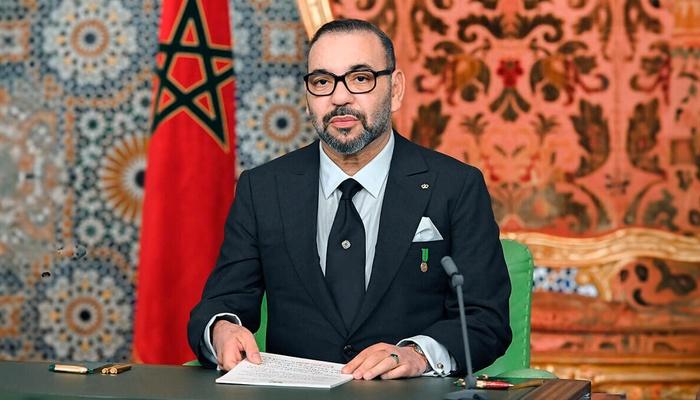The outcomes of the NATO Defense Ministers Summit
On the 14th and 15th February, at the Headquarters of the North Atlantic Alliance in Brussels, the meeting of NATO Defense Ministers was held. As clarified by the NATO Secretary General Jens Stoltenberg, what was established during the discussions can be brought back to three main fields: speed in delivering supplies to Ukraine, production rate increase by Defense companies, especially regarding ammunition production, and renewed attention towards critical underwater infrastructures’ security.
NATO Secretary General said that NATO finds itself in a race of logistics, in which it is necessary for the Allies-promised equipment to reach the front before Russia can seize the initiative on the battlefield. The goal set by the Alliance is managing to deliver the latest-announced weaponry, including MBT’s, infantry fighting armored vehicles, anti-air missile systems and artillery with pertaining ammunition, already in the following weeks. The reason for this hurry can be tracked down to the very front situation where, in the Bakhmut area, Russian forces keep advancing slowly yet steadily.
The second topic mentioned by Stoltenberg is linked to the supply delivery issue, and it consists of the necessity to increase the production rate of the Defense industry, particularly when it comes to ammunition, in order to sustain the considerable 155mm rounds use, since it has largely exceeded NATO production capabilities throughout the whole conflict. With the purpose of tackling this issue, agreements to increase the productivity of existing plants and possibly to open new production lines have been or could be signed by several Allies, including France, Germany, Norway and the United States. Especially the latter has decided to increase their production rates with the aim to match the Ukrainian Army use by 2025. For this to come true, however, it would be desirable that States covered production companies’ investments through long-time contracts, that way combining this with the increase of military spendings issue for the medium term.
The third issue tackled during the meeting is the defense of strategic undersea infrastructures such as oil or gas pipes and cables. The discussion came to light after the Nord Stream gas pipe sabotage back in September 2022 and it has brought, after a renovated interest in the underwater domain, to the establishment of the Critical Undersea Infrastructure Protection Cell at the NATO Headquarters.
In conclusion, the decisions taken during the NATO Defense Ministers meeting were technical rather than political, with most of those, for example regarding military spending, being postponed. Considering this it’s safe to say that this meeting has had a preparatory role in the perspective of the Vilnius NATO Summit to be held in July 2023, even though some implemented measures could have relevant consequences when it comes to the conflict in Ukraine, particularly in the short term.









